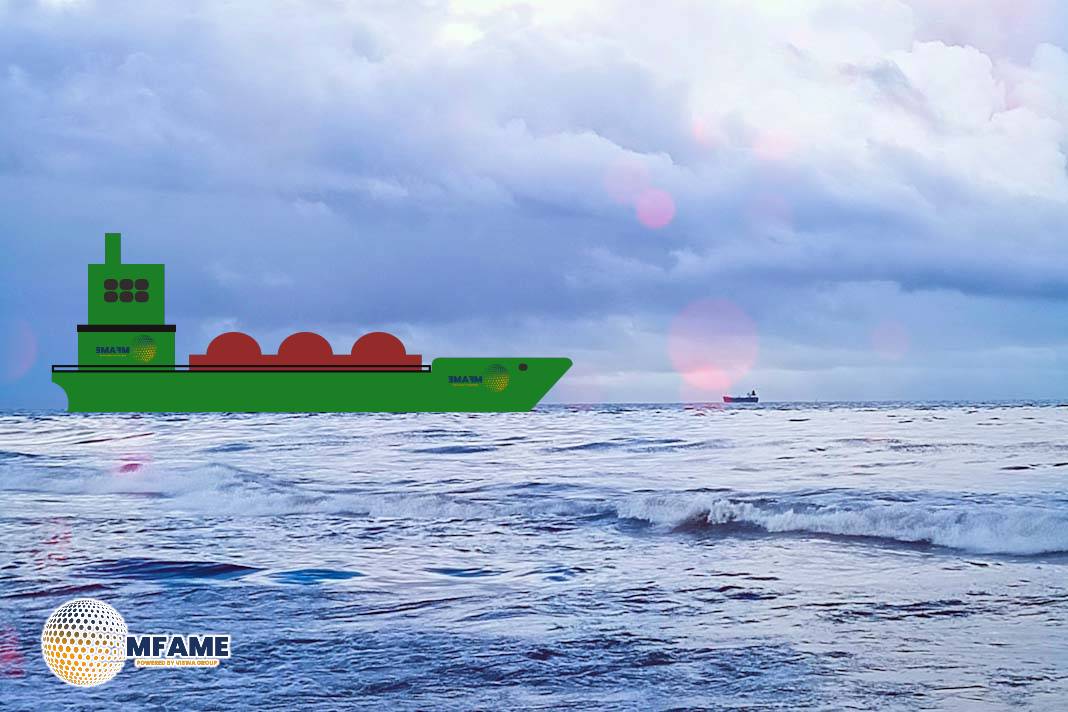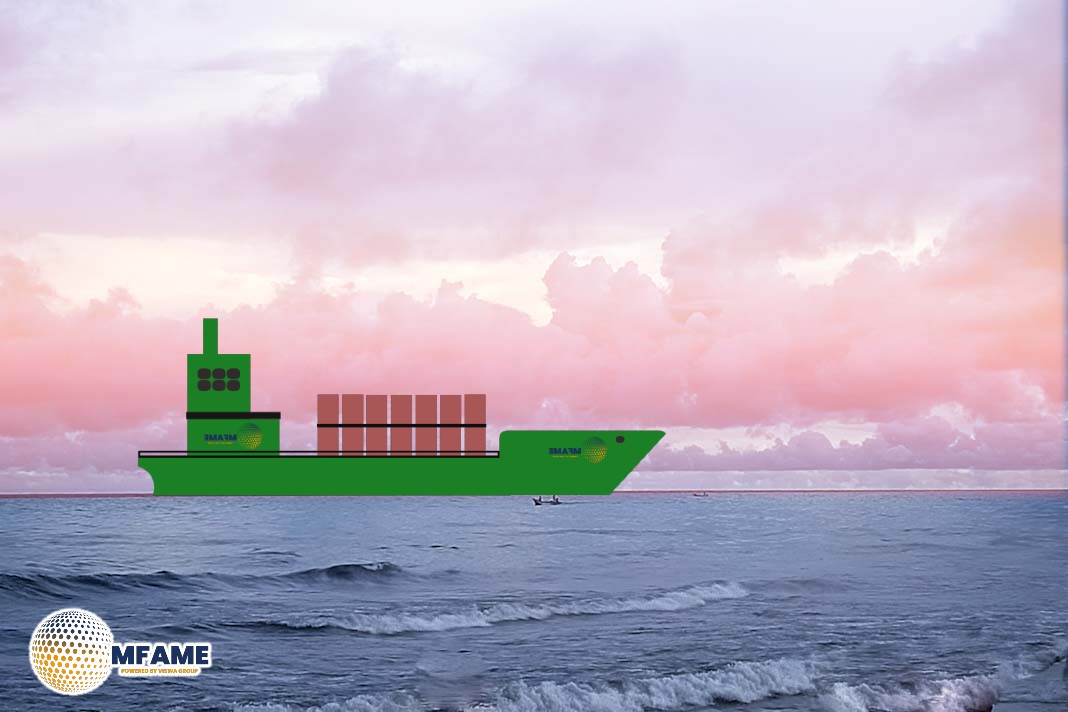LNG freight rates in the Atlantic and Pacific basins have continued to fall as tri-fuel diesel-electric charters have lost their edge, with a charterer saying they have “no advantage” over two-strokes, reports S&P Global.
Decline In Atlantic LNG
Platts, part of S&P Global Commodity Insights, reported a significant decline in LNG Atlantic carrier day rates, falling to $1,500/d on February 6th, a 62.5% decrease from the previous week.
This sharp decline is primarily attributed to a surge in new builds, leading to an oversupply of LNG carriers in the market. This excess capacity has intensified competition among shipowners, driving down rates.
The current lack of activity has pushed rates to near-zero levels. Some argue that rates have effectively reached a theoretical negative, where operational costs exceed potential charter rates.
However, it is unlikely that actual charter prices will reach zero. Shipowners are unlikely to accept terms that would result in significant financial losses and will strive to negotiate rates that cover their operational costs.
A charterer emphasized the operational disadvantages of TFDE vessels, highlighting higher boil-off rates, the absence of reliquefaction units, and the associated higher fuel costs compared to two-stroke engines.
Day Rates Fall
LNG carrier day rates have been consistently declining since the start of the year. On January 17th, rates stood at $15,000/d. However, a significant drop occurred on January 24th, with rates plummeting to $6,000/d. The accumulation of uncontracted charters, primarily due to limited cargo availability, particularly in the East, has intensified the downward pressure on rates.
High fuel and delivery costs for LNG carriers further contribute to the challenging market conditions. Buyers should expect higher prices to account for factors such as reliquefaction and the costs associated with maintaining the ship’s temperature.
A shipbroker emphasized the financial implications of idle vessels, stating that “If you don’t believe you will secure employment for the vessel, it becomes expensive to fuel the ship.” This highlights the significant costs associated with maintaining the ship’s temperature, managing reliquefaction, and addressing boil-off.
The Pacific Basin has also experienced a substantial downturn in rates. On February 6th, Platts assessed LNG Asia Pacific carrier day rates at $6,000/d, reflecting the challenging market conditions across key regions.
Did you subscribe to our daily Newsletter?
It’s Free Click here to Subscribe!
Source: S&P Global

















